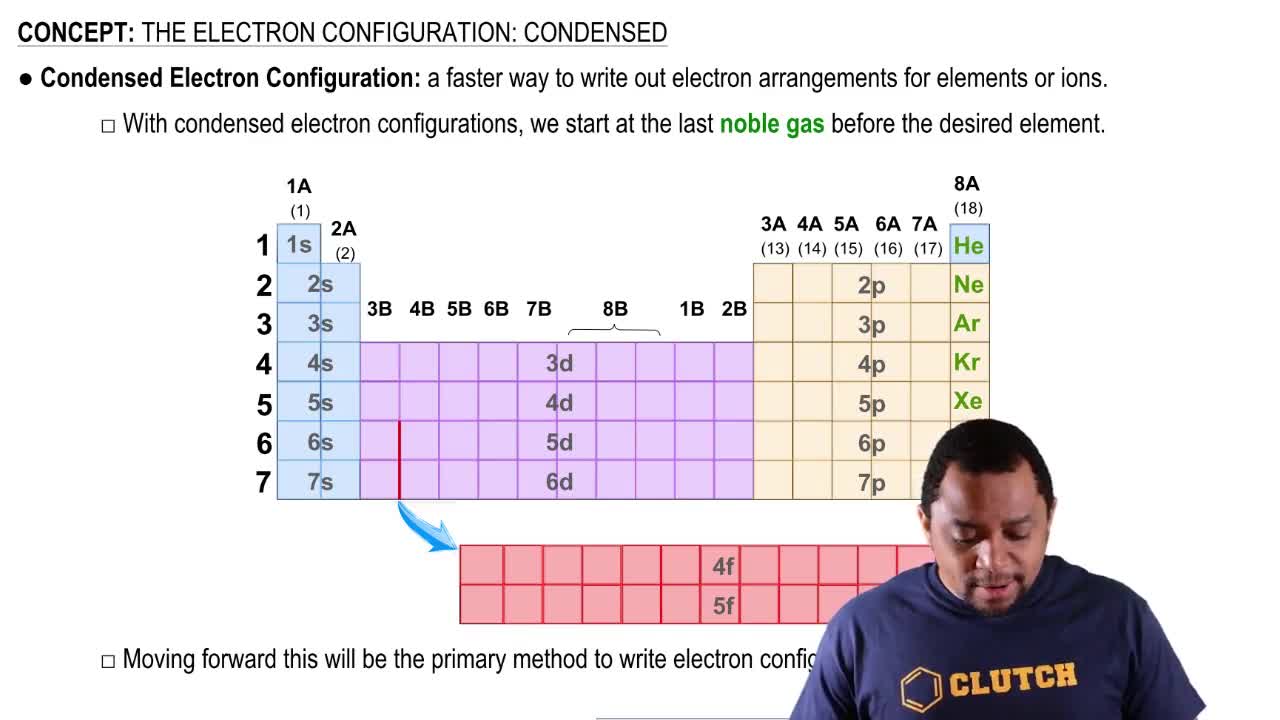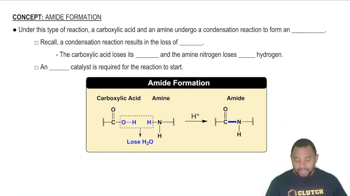Here are the essential concepts you must grasp in order to answer the question correctly.
Electron Configuration
Electron configuration refers to the distribution of electrons in an atom's orbitals. For magnesium, which has an atomic number of 12, the electron configuration is 1s² 2s² 2p⁶ 3s². When it loses two electrons to form a magnesium ion (Mg²⁺), its configuration changes to 1s² 2s² 2p⁶, resembling that of a noble gas.
Recommended video:
The Electron Configuration: Condensed
Noble Gases
Noble gases are a group of elements in Group 18 of the periodic table, known for their full valence electron shells, which make them chemically inert. The noble gases include helium, neon, argon, krypton, xenon, and radon. The noble gas that shares the same electron configuration as the magnesium ion is neon, which has an atomic number of 10 and an electron configuration of 1s² 2s² 2p⁶.
Recommended video:
Ion Formation
Ion formation occurs when an atom gains or loses electrons, resulting in a charged particle. A magnesium atom can lose two electrons to form a Mg²⁺ ion, which has a positive charge. This process is crucial for understanding how elements interact and achieve stable electron configurations similar to those of noble gases.
Recommended video:
Amide Formation Concept 1
 Verified step by step guidance
Verified step by step guidance Verified video answer for a similar problem:
Verified video answer for a similar problem:



 2:50m
2:50m